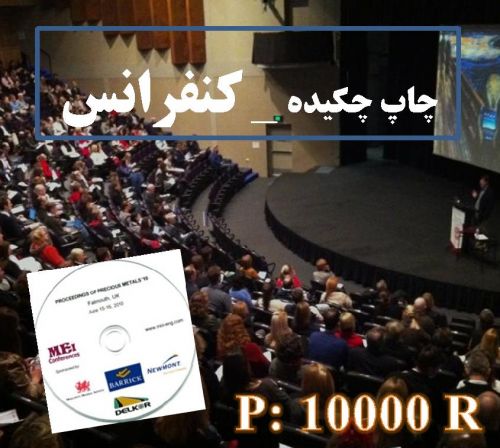Background and Aim: with regard to biosensor applications in clinical diagnostics, drug discovery, drug abuse, genome analysis, food hygiene, industrial bioprocess control and environmental safety, development of new biosensors is very important in modern science. In this study, the ability of halophilic archaeon Haloarcula sp. IRU1 on the cruxrhodopsin production from cellulose was investigated in different conditions. Methods: Haloarcula sp. IRU1 isolated from hypersaline Urmia lake, Iran was cultivated in 100 ml Erlenmeyer flasks containing 20 ml of defined basal salt medium and incubated in an orbital shaker at 42°C and 120 rpm for 5 days. The absorbance at 568 nm (A568) was first measured in the dark (A0 568). The mixture was exposed to light for 24 h to remove retinal from membrane, and again the absorbance was measured (A24 568). Results: Maximum cruxrhodopsin produced in the presence of 2% (v/v) cellulose, 0.1% (w/v) yeast extract, and 0.004% (w/v) KH2PO4. In conclusion, Haloarcula sp. IRU1 could be a potential microorganism for production of cruxrhodopsin from cellulose in different conditions. Conclusion: the results of growth experiments showed that Haloarcula sp. IRU1 is capable of cellulose utilization as carbon source and CR production from it in different conditions. It is hoped that such experiment will be practical to sustain powerful productivity in one of the economically important macromolecules for nanobiosensor, cruxrhodopsin.
کلید واژگان :nanobiosensor, cellulose, optimization, production
ارزش ریالی : 100000 ریال
با پرداخت الکترونیک
جزئیات مقاله
- کد شناسه : 6148566672574407
- سال انتشار : 2015
- نوع مقاله : چکیده مقاله پذیرفته شده در کنفرانس ها(فایل کامل مقاله بارگزاری گردد)
- زبان : انگلیسی
- محل پذیرش : The 16th International and Iranian Congress Of Microbiology
- برگزار کنندگان : Shahid Beheshti International Conference Center – University, Tehran, Iran
- تاریخ ثبت : 1395/11/10 08:42:05
- ثبت کننده : آذر امیری
- تعداد بازدید : 183
- تعداد فروش : 0
